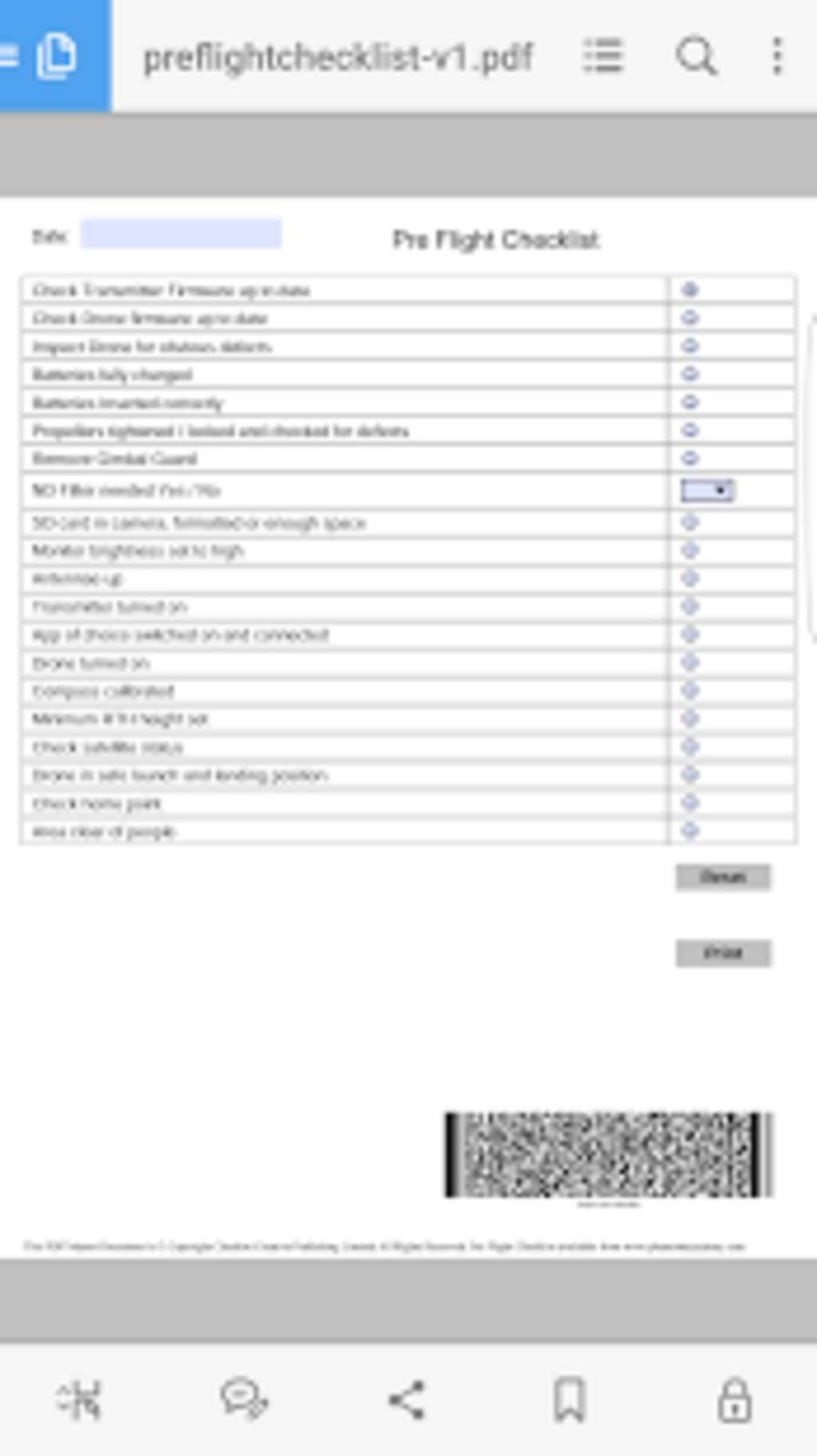
Power lines and bystanders are highlighted. Obstacles such as trees, animals, buildings are highlighted. Also determine the horizontal distance to any bystanders.Ī rural landscape appears. Make note of obstacles that could interfere with your flight or your visual-line-of-site including buildings, trees and wires. A rural landscape with a small airport appears. The tablet zooms to a map of the airport and a “no drone” symbol flashes over the map. The drone pilot clicks on the airport marker on the map. And always make sure to stay well-away from other aircraft. Identify any airports or aerodromes in the area and remember to respect minimum distances. The drone pilot is at home looking at a tablet showing location markers on a city map. When you are planning your flight, determine the class of airspace that you will be flying in and if it requires permission for you to fly there. When operating your drone, you must always have the following items in Icons of the 4 items that drone pilots must always carry appear. When operating your drone, you must always have the following items available in print or digital format:Ī paper document icon and a mobile device icon appear.

Then the landscape transitions to winter. The landscape transitions to a rain storm. Rain can impact your drone’s ability to fly and cold weather can reduce your battery life. The landscape becomes windy and the trees shake in wind. Windy or bad weather conditions can cause you to lose control of your drone. Look up the weather forecast for the duration of your flight Learn the manufacturer recommendations for your drone’s ability to operate in different weather conditions and look up the weather forecast for the entire duration of your flight.Ī drone pilot is reading the weather section in the operating manual. If you are operating close to an airport, you can also check the local METAR / TAF readings.Įnsure all conditions below are met before proceeding to the next task.As a responsible drone pilot, make a checklist that you can use each time you prepare for a flight.Ī drone flies around the screen, a tablet screen reveals a pilot icon and a checklist with 5 items.Īnd before each take-off, make sure to conduct an effective Drone Site Survey.

Precipitation can wreak havoc on drone systems, especially those with unnoticed structural damage and exposed electronics.Īssessing precipitation levels enables you to make more informed predictions about the most likely conditions for that day, and ultimately more prepared to mitigate fault and error in your operations.īest practice checks for weather include consulting the UAV Forecast app or a local weather service provider. Weather can prove to be unpredictable and highly problematic for drone operations, so it’s important to incorporate adequate checks into your process.Įspecially at altitudes, it is crucial to be aware of local wind speed and the impact it could have on your flight.Ī relatively simple check, but important nonetheless: taking the time to assess whether or not visibility is consistent throughout the expected range of operation.Ĭlouds, fog, and other environmental factors can appear quickly and significantly disrupt operations if they are not anticipated. Ultimately, this process can mean the difference between a successful operation and a fatal mission failure. This checklist will run you through a comprehensive list of common problems and preventative measures you should be taking to ensure you’re doing everything you can to mitigate risk and streamline your flight process. What’s more, it’s incredibly important that pilots are properly compliant with safety regulations and proper procedure for safe, smart drone operation.

If you’re not taking proper steps to eliminate risk and uncertainty, you’ll be wasting time and money trying to figure out what exactly went wrong. Safe operation and proper maintenance of your drone systems are paramount, and in order for you to ensure you’re not putting your license, equipment, or the whole operation at risk, you simply can’t afford to avoid a structured process. For any commercial drone operation, it’s crucial that you have a checklist template to run before each flight to make sure everything is in working order.


 0 kommentar(er)
0 kommentar(er)
